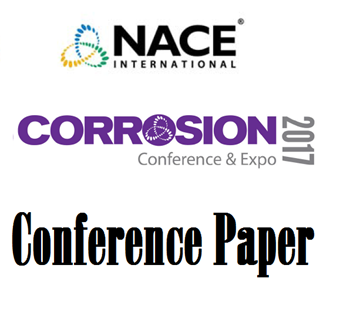Search
08066 Determining Compatibility of High Strength Steels to Cathodic Protection
Also Purchased
51312-01607-SAFE RECTIFIER DESIGN FOR CATHODIC PROTECTION
Product Number:
51312-01607-SG
ISBN:
01607 2012 CP
Publication Date:
2012
$20.00
Investigation of Hydrogen Embrittlement of High Strength Pipeline Steels Under Cathodic Protection
Product Number:
51317--9255-SG
ISBN:
9255 2017 CP
Publication Date:
2017
$20.00
07079 SIGNIFICANCE OF HYDROGEN EVOLUTION DURING CATHODIC PROTECTION
Product Number:
51300-07079-SG
ISBN:
07079 2007 CP
Publication Date:
2007
$20.00




